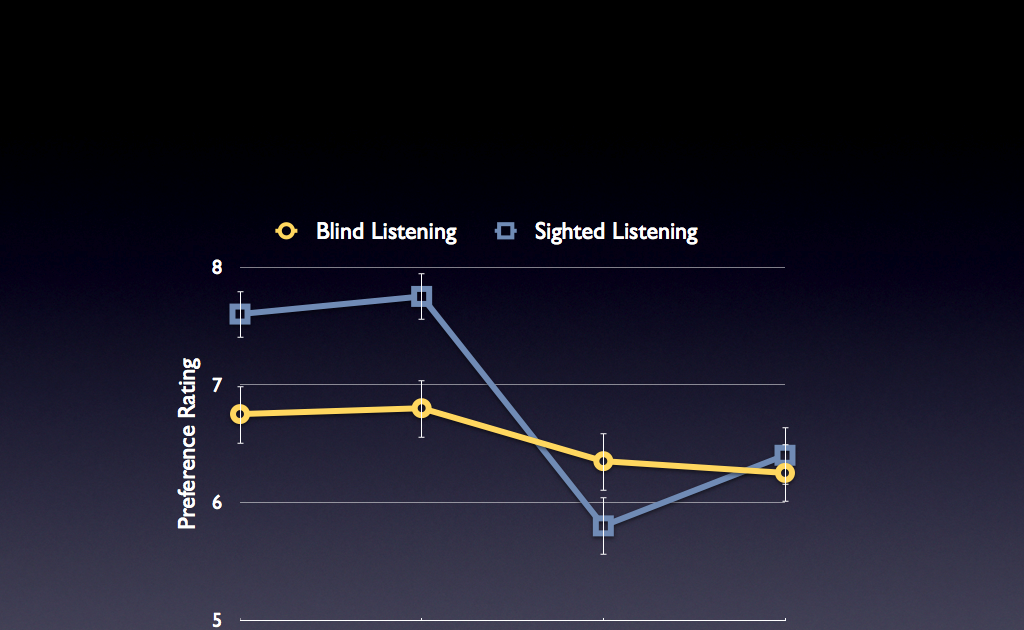I got sucked in to an OT discussion regarding how literally to take the subjective evaluation vs the objective that I never even got to look at the dang data. So, I went back. Some things I notice:
Feel free to agree/disagree. That's how we learn, after all.
- Pyramid baffle; I assume to help diffraction concerns
- Is that port adequate? Seems small. But maybe that's just because I'm used to seeing larger woofers with lower tuning.
- Wide Q bump about an octave wide from 700-1500Hz would make things sound a bit boomy/resonant in the mid-to-upper vocals. The 1-2kHz region is also responsible for "bite" and could be a bit harsh, depending on the content.
- That dip/flat/dip pattern in the upper midrange through lower treble would mess with the presence (2-5kHz)
- The early reflections deviates in the 800Hz and 2kHz region. The former will make vocals more "boxy" (echo-y) and the latter is going to affect presence even more because what you hear first won't agree with what comes to you shortly after.
- Port resonance ~ 800Hz. That explains the boost in that region and you can bet it's gonna sound resonant with the right music to show it off.
- Is that a 1st order LPF on the midwoofer?
- The tweeter's NF doesn't jive with the anechoic FF measurement >10kHz. The NF decreases while the FF increases above this frequency. Odd. This may be more of an artifact of the NF measurement's HF max (discussed here if you are interested).
- The vertical directivity plot shows the woofer playing well until 5kHz at 100° down. Yet, there's a null in the response at around 2.5kHz. That's interesting. You'd generally expect the response to be wider there than an octave above it. Yet, at an octave above the response the woofer is still playing a lot of energy off-axis below. I'd have to think about this to visualize why this is happening. I know the shallow LPF plays a role here but it doesn't explain the observation (fully, at least).
Feel free to agree/disagree. That's how we learn, after all.
Last edited:

